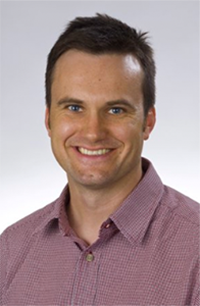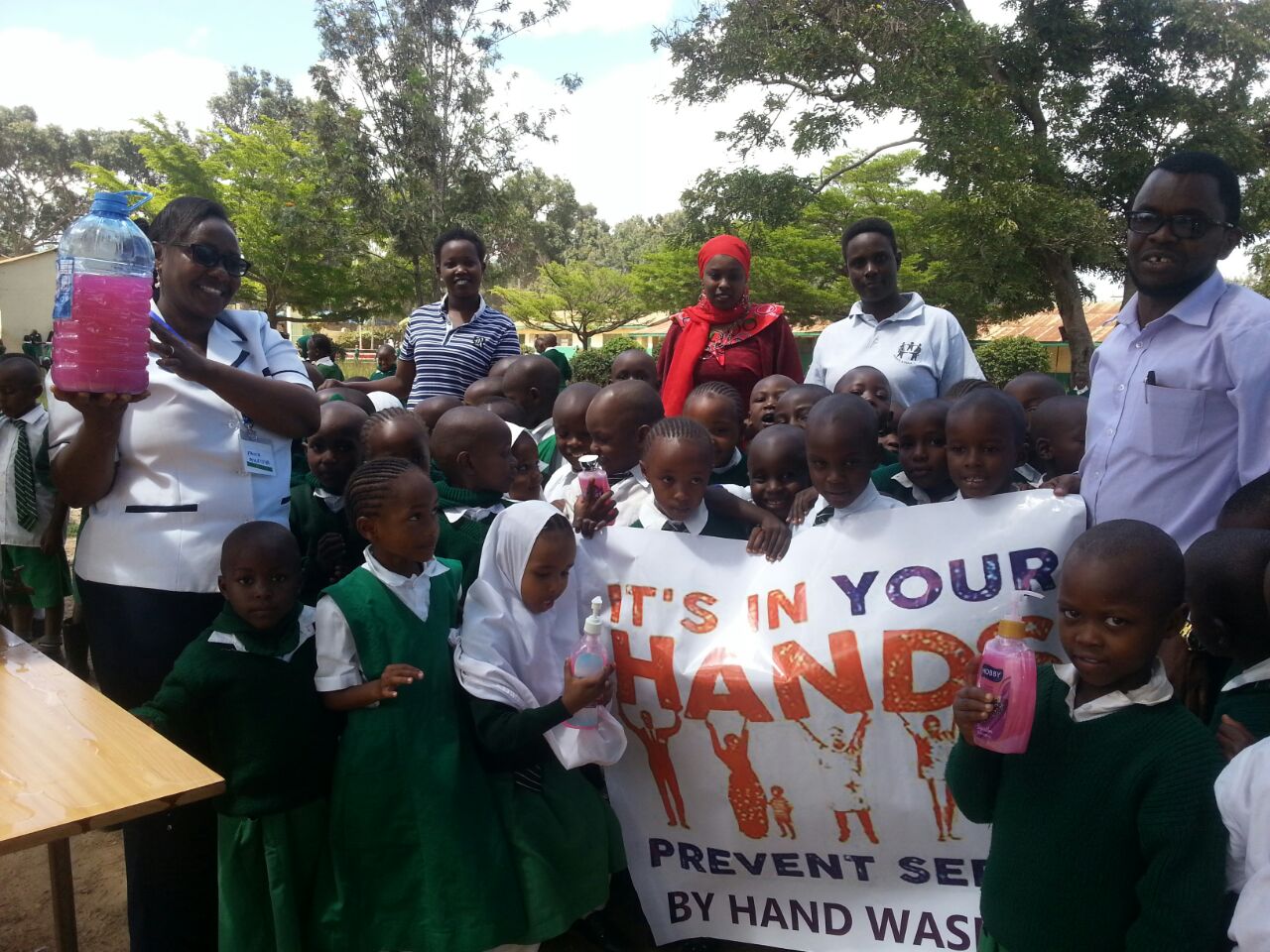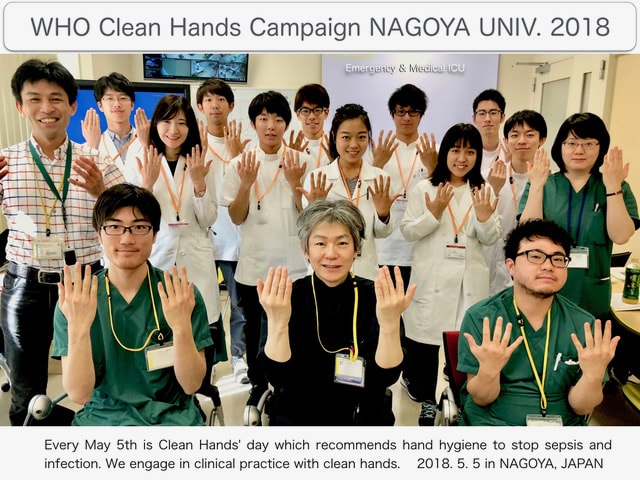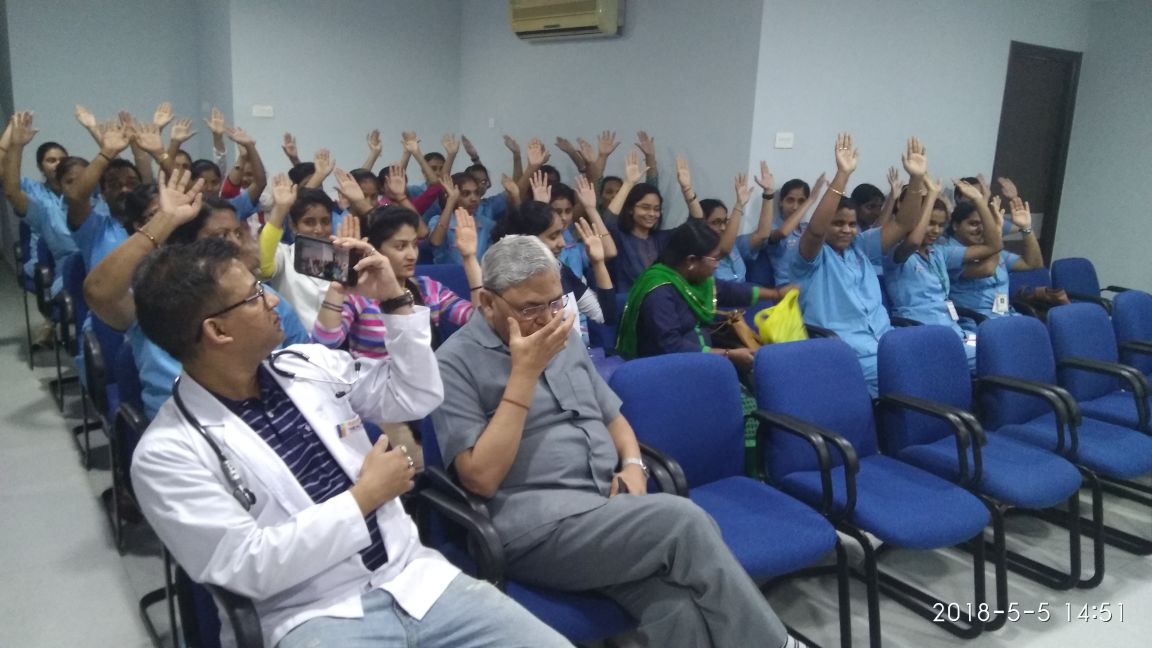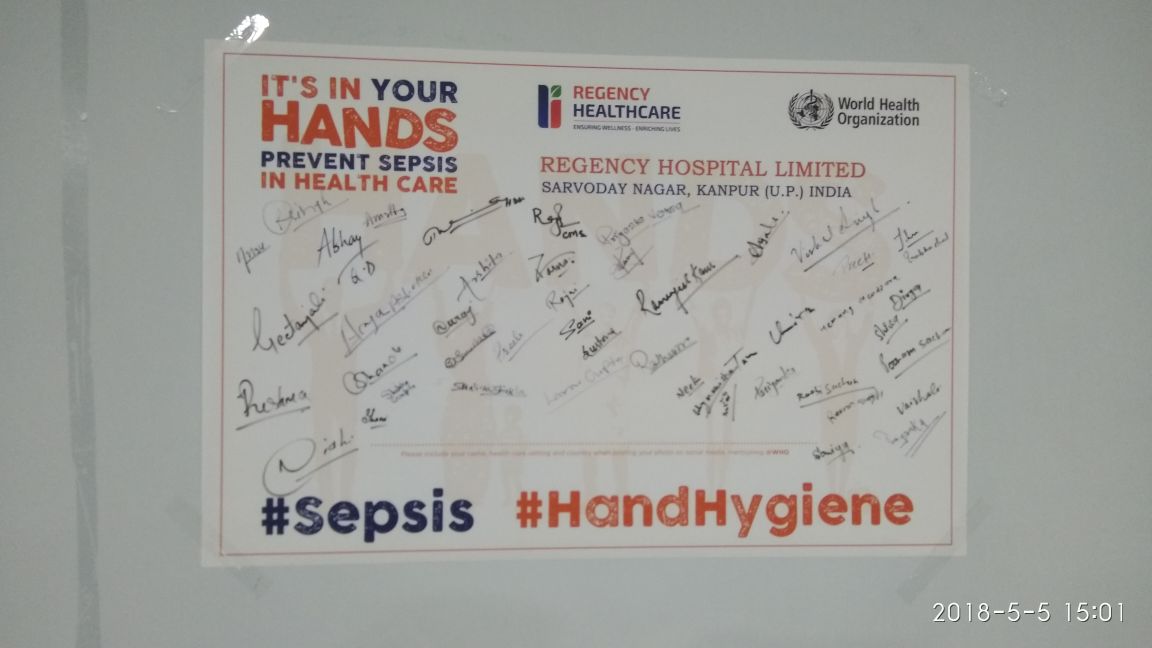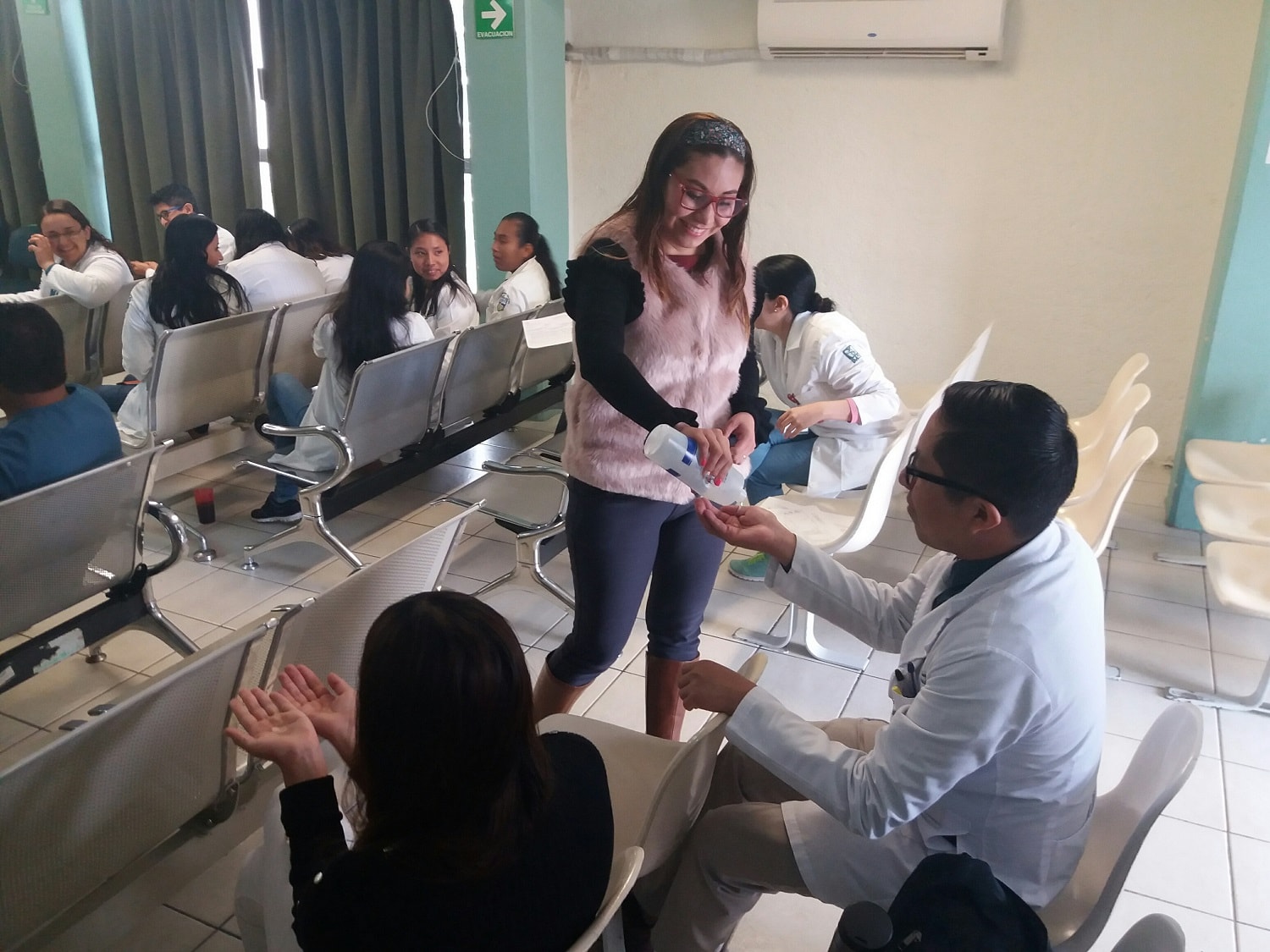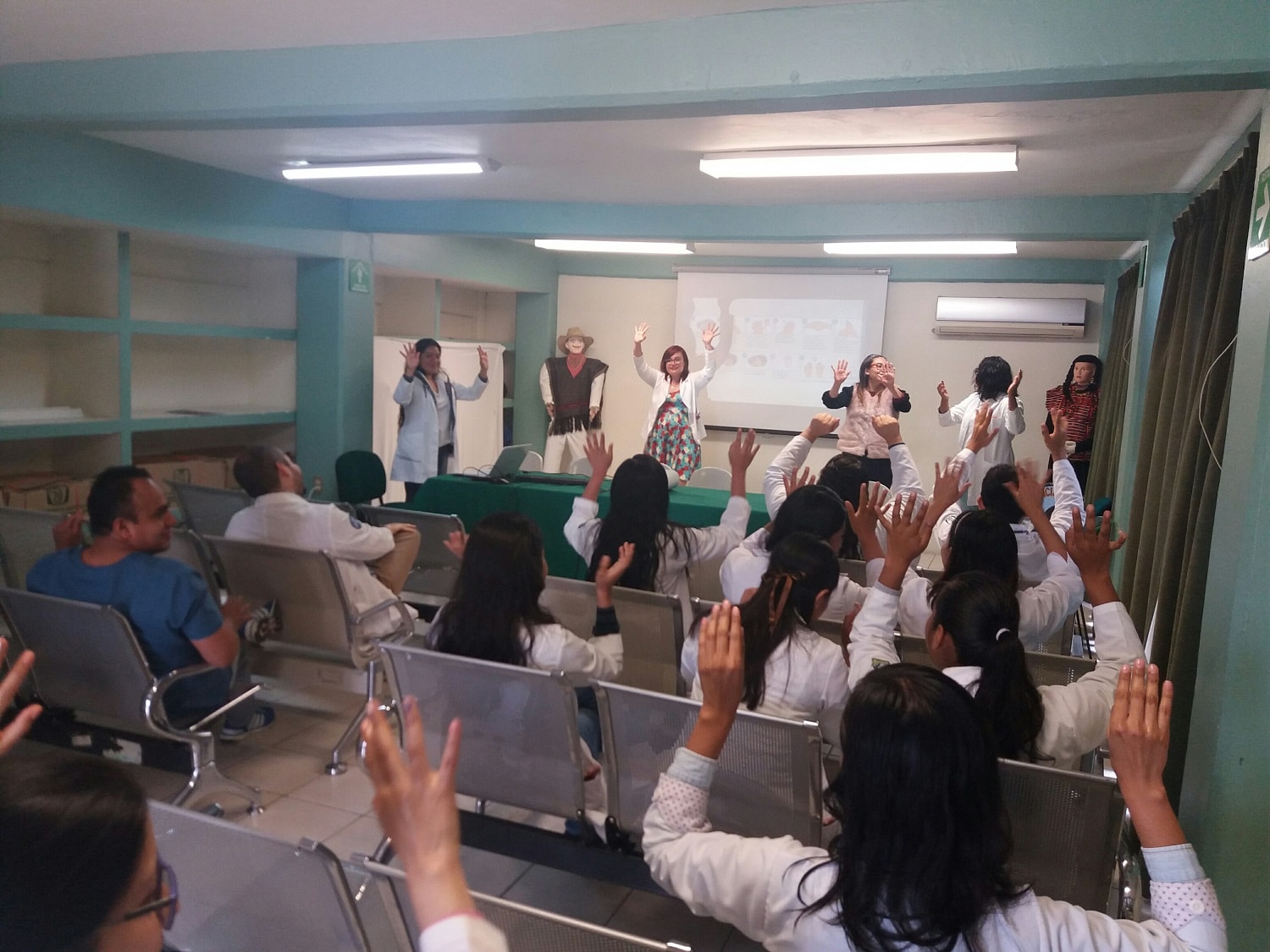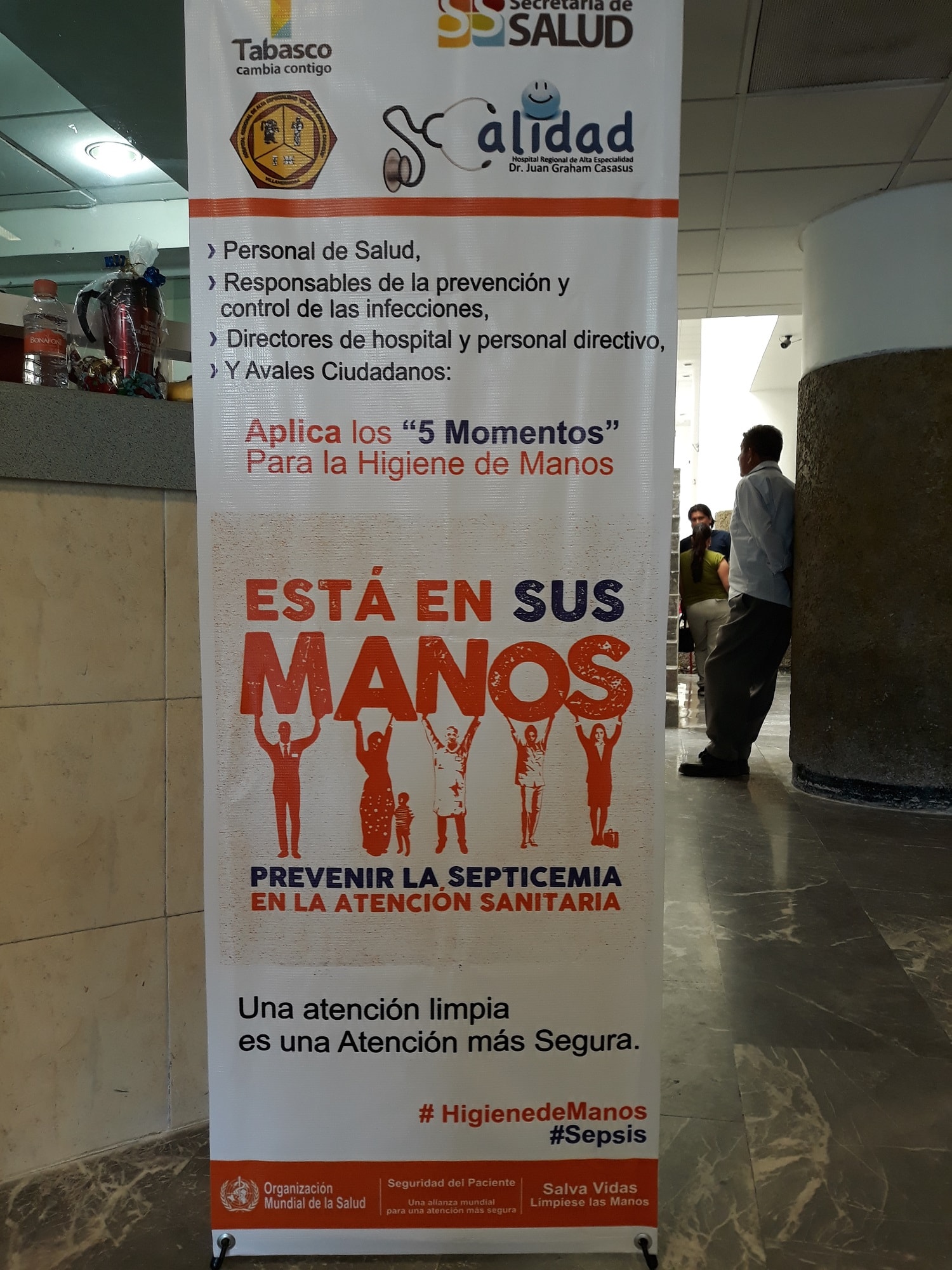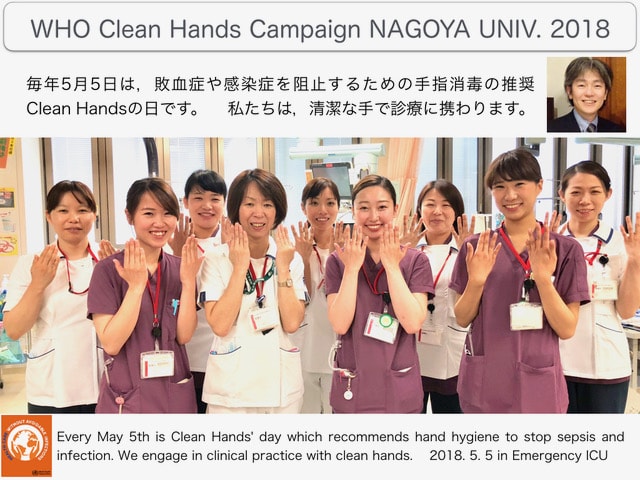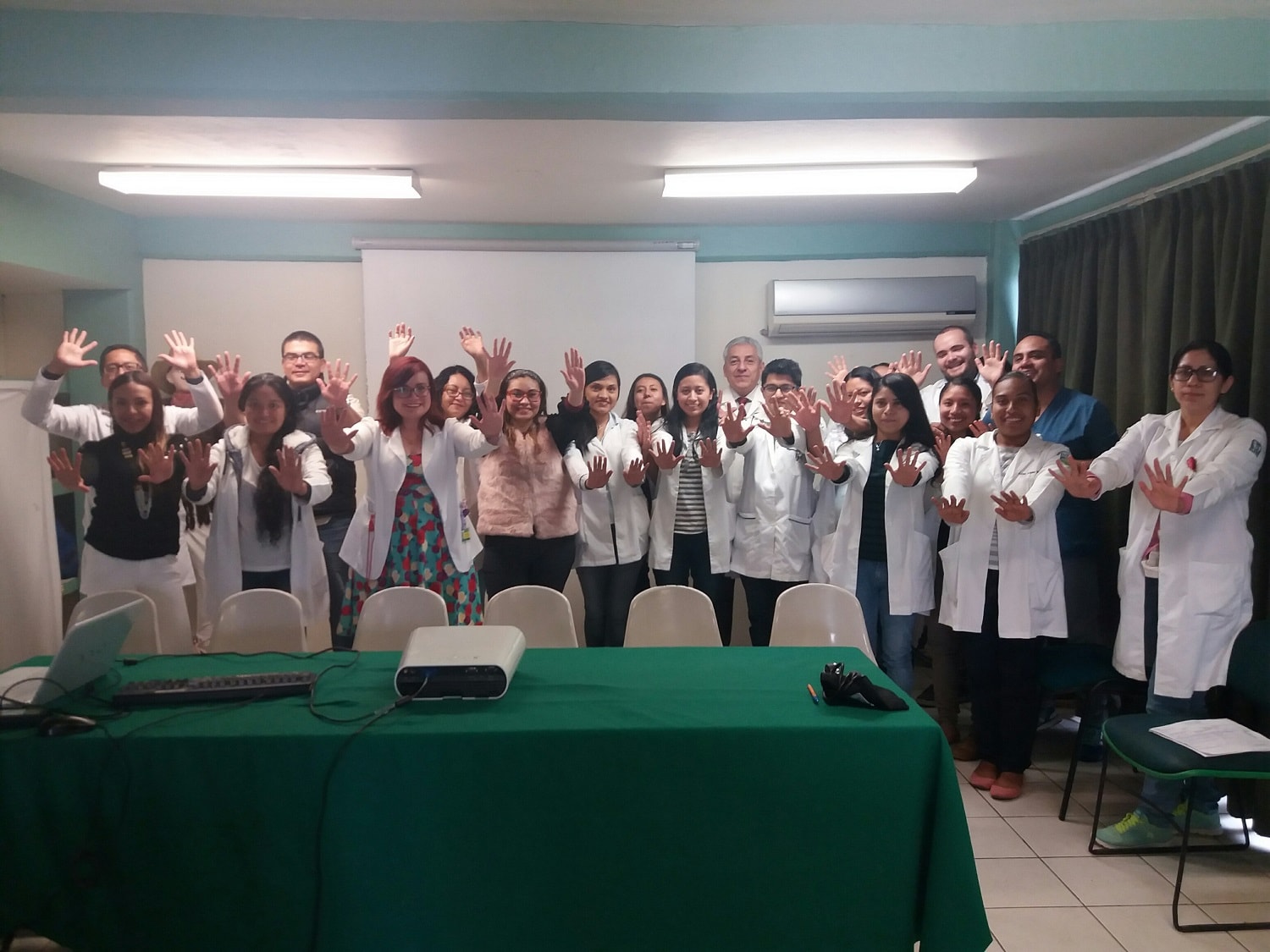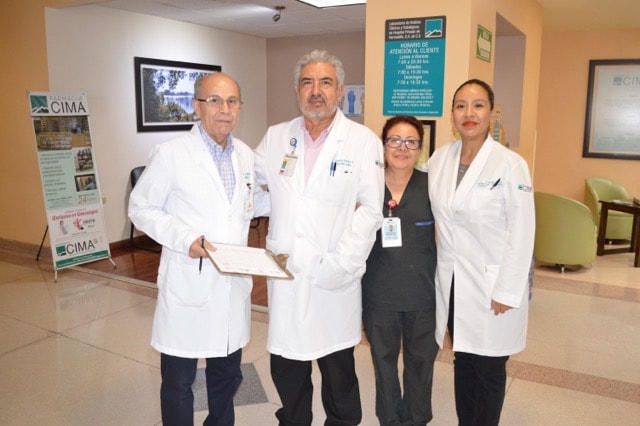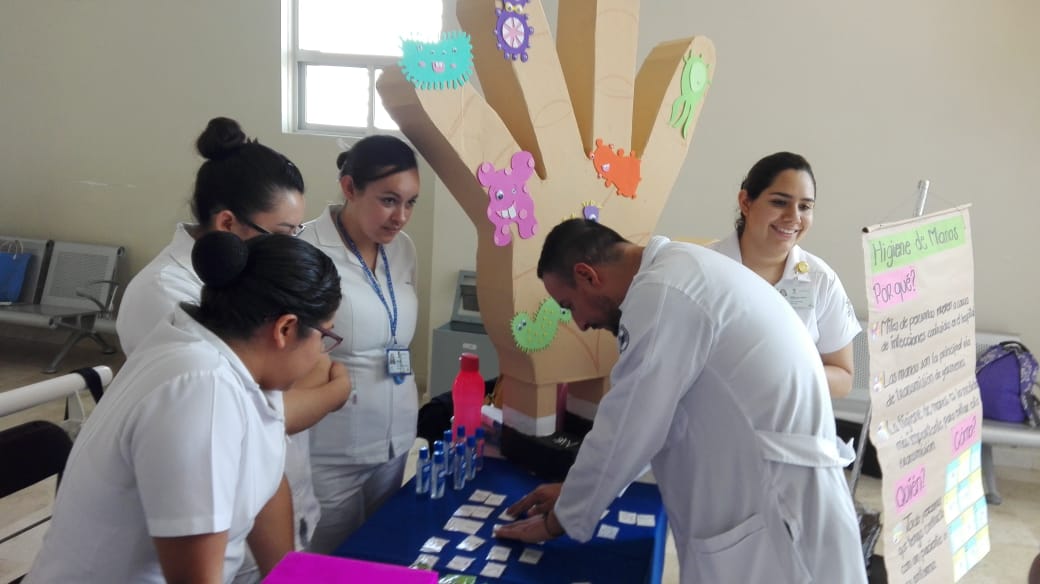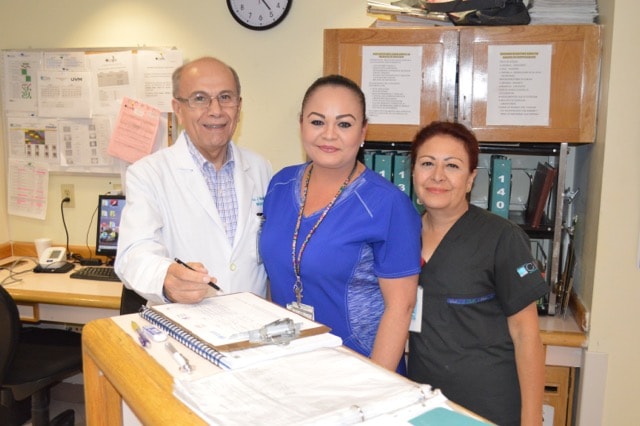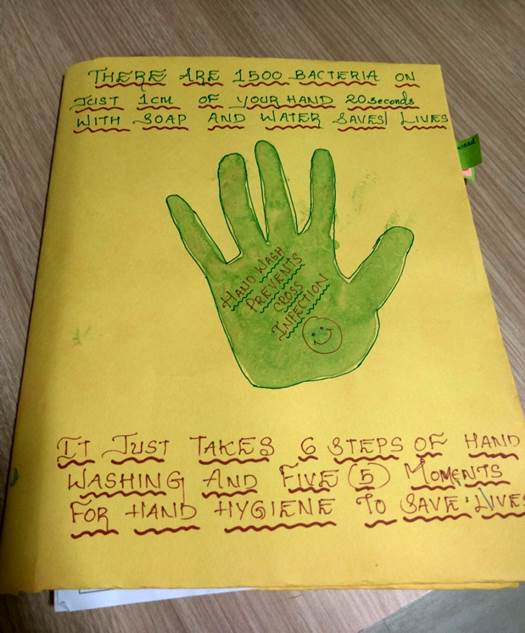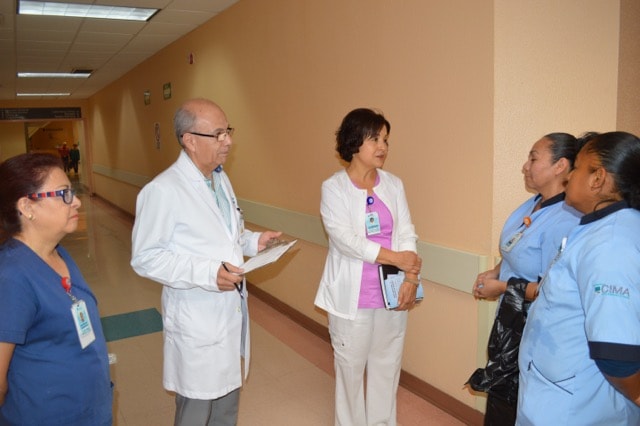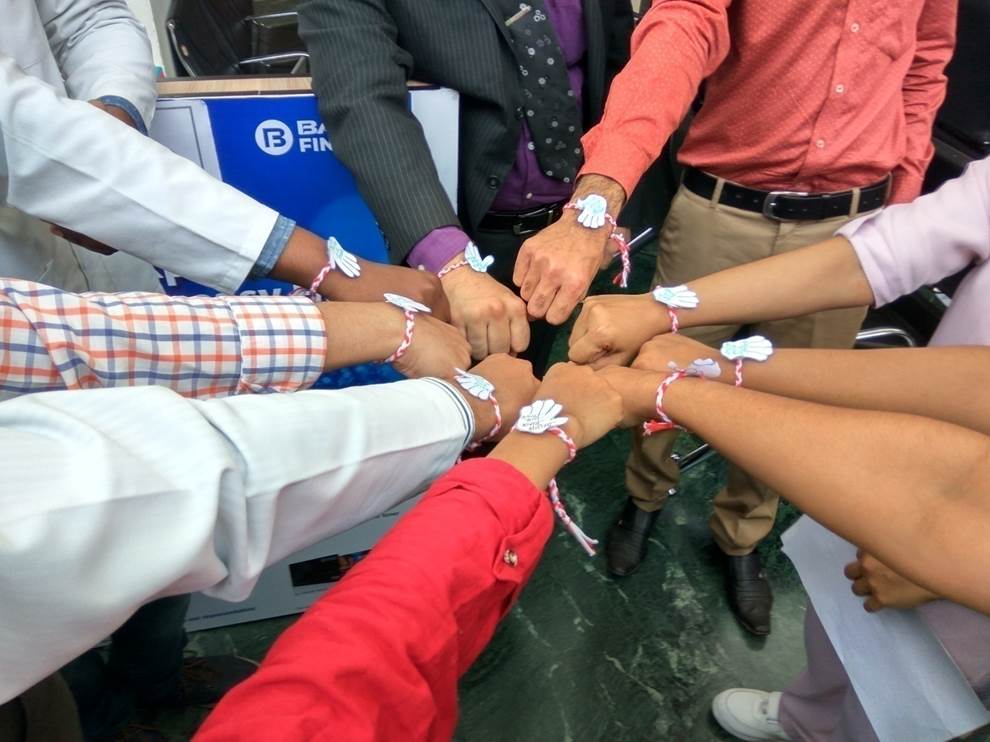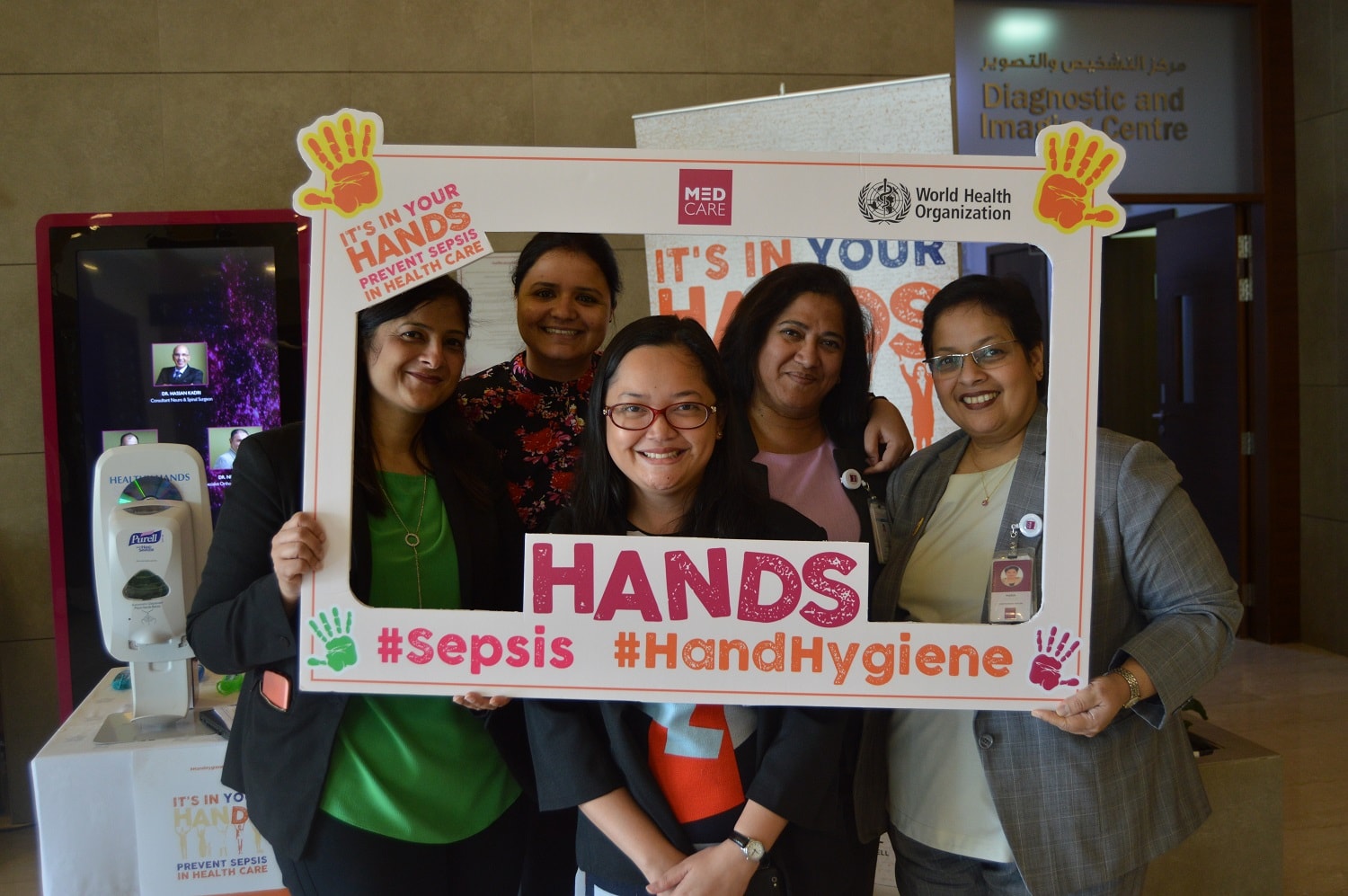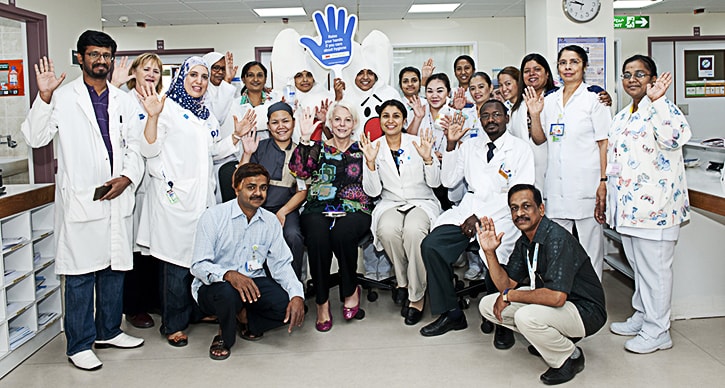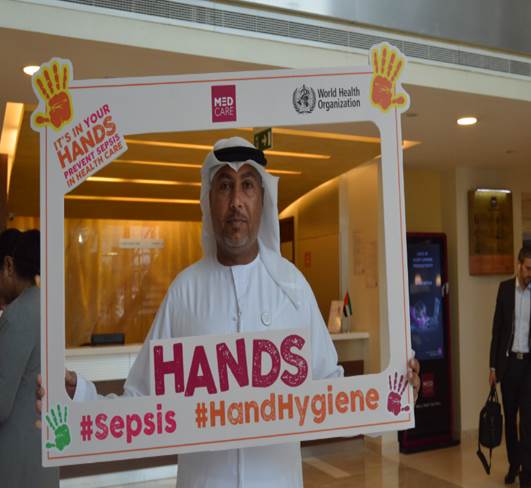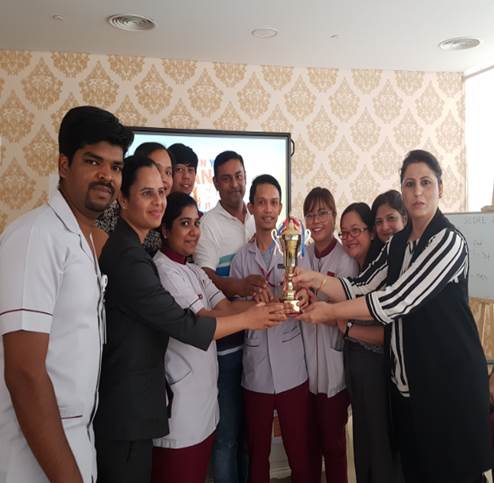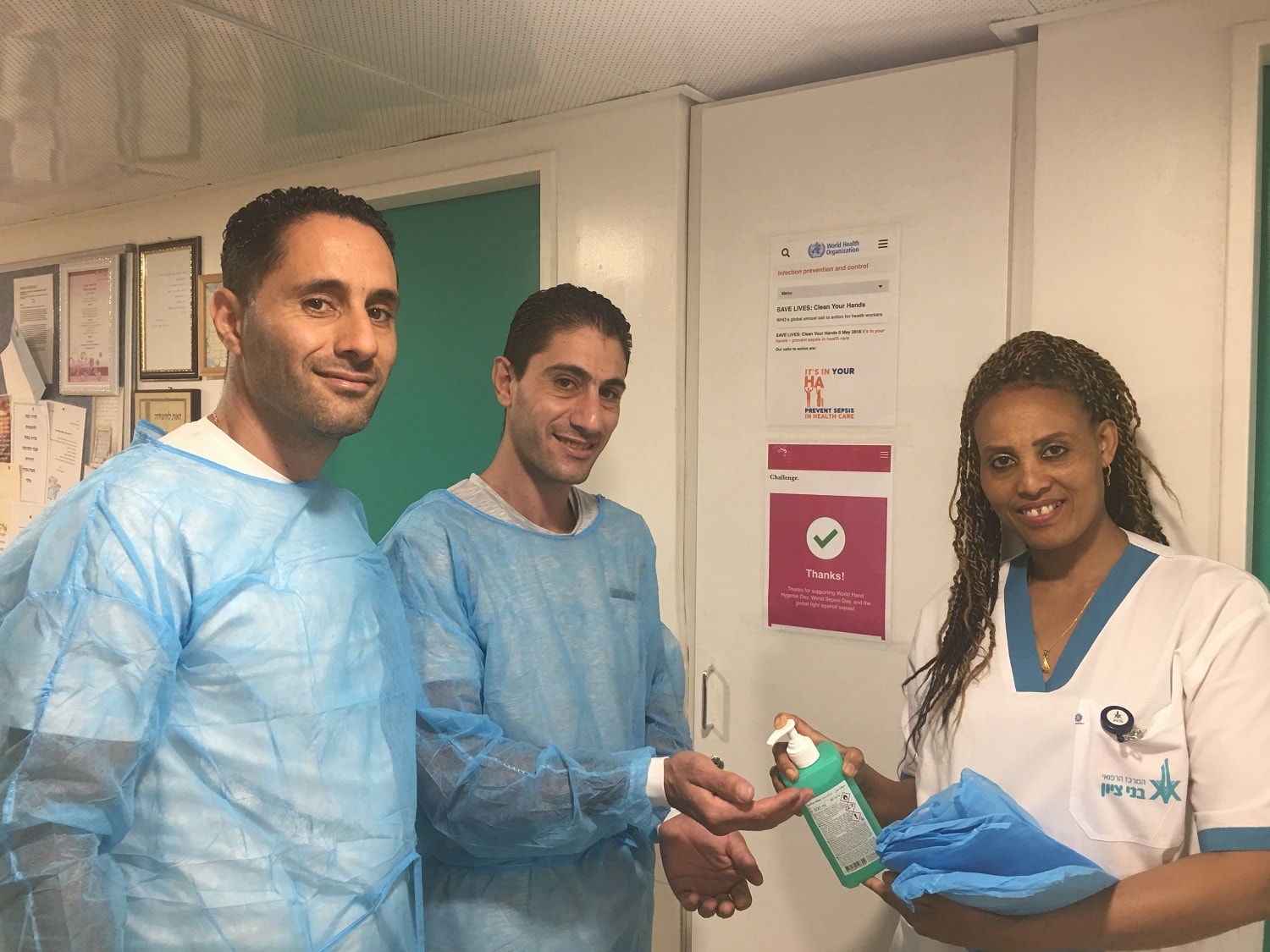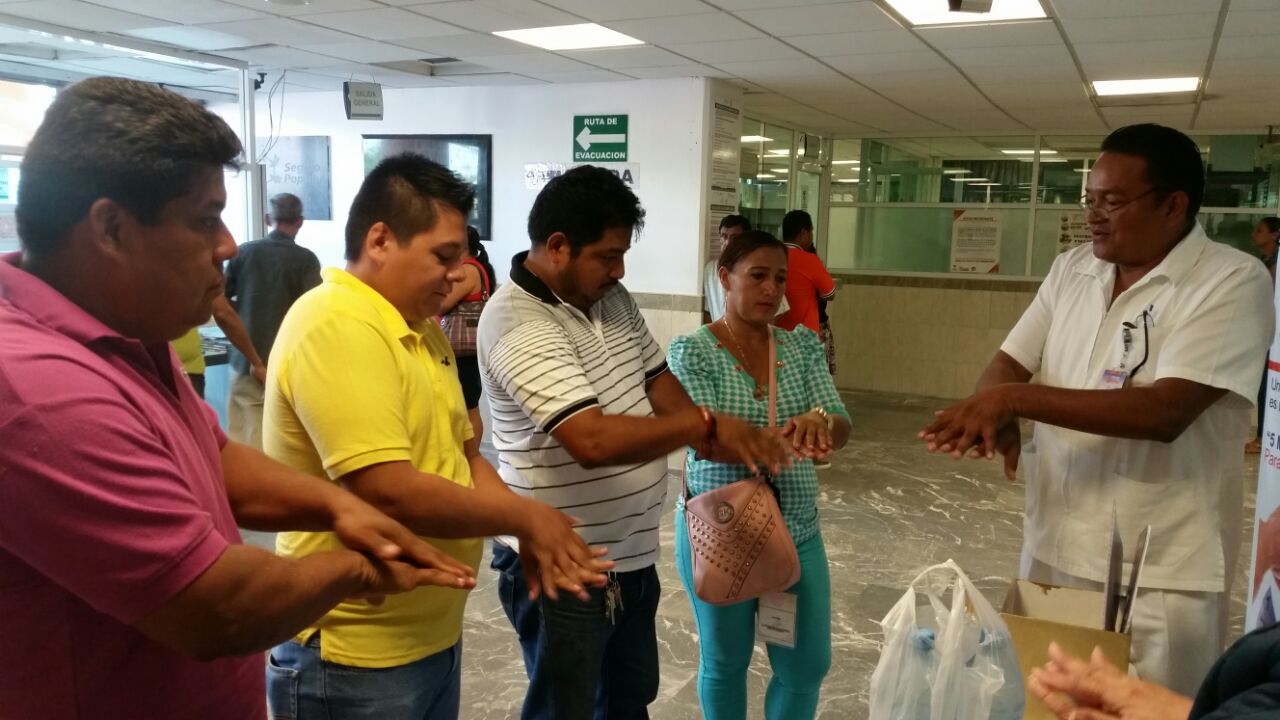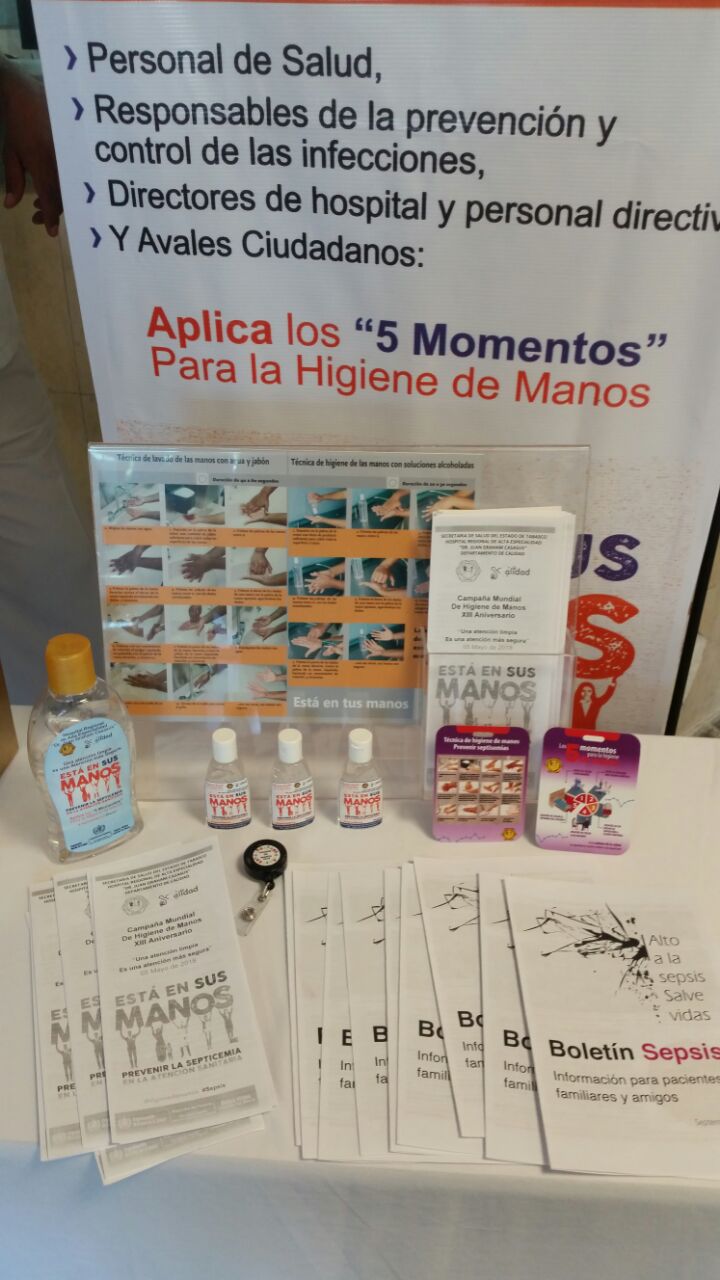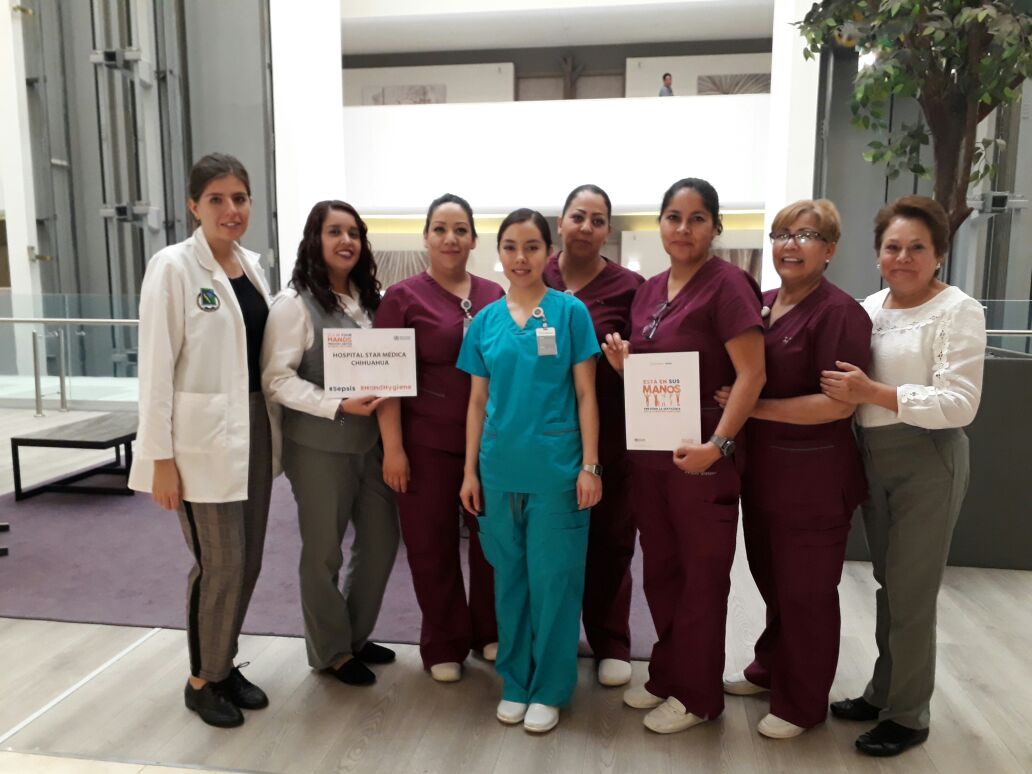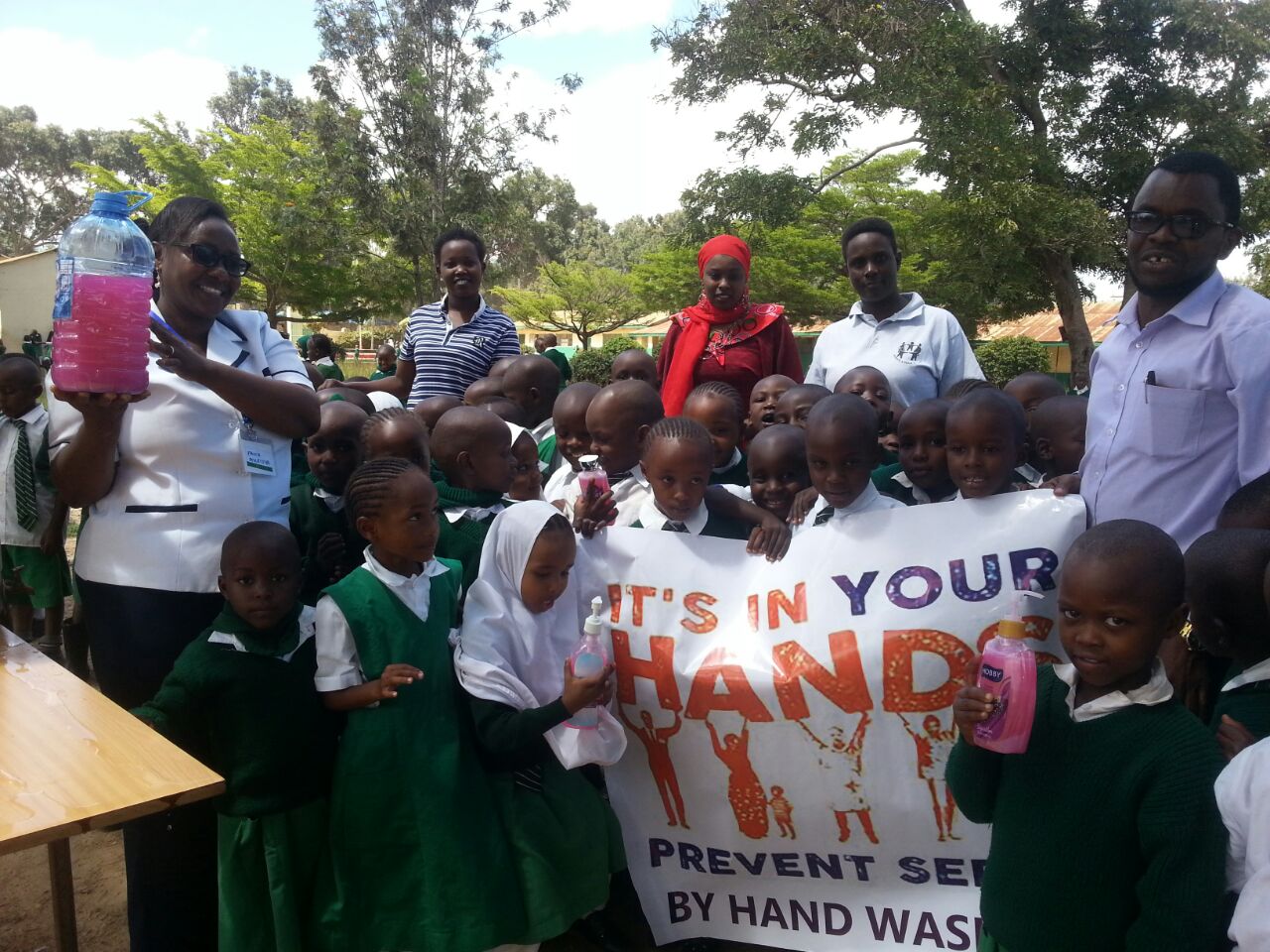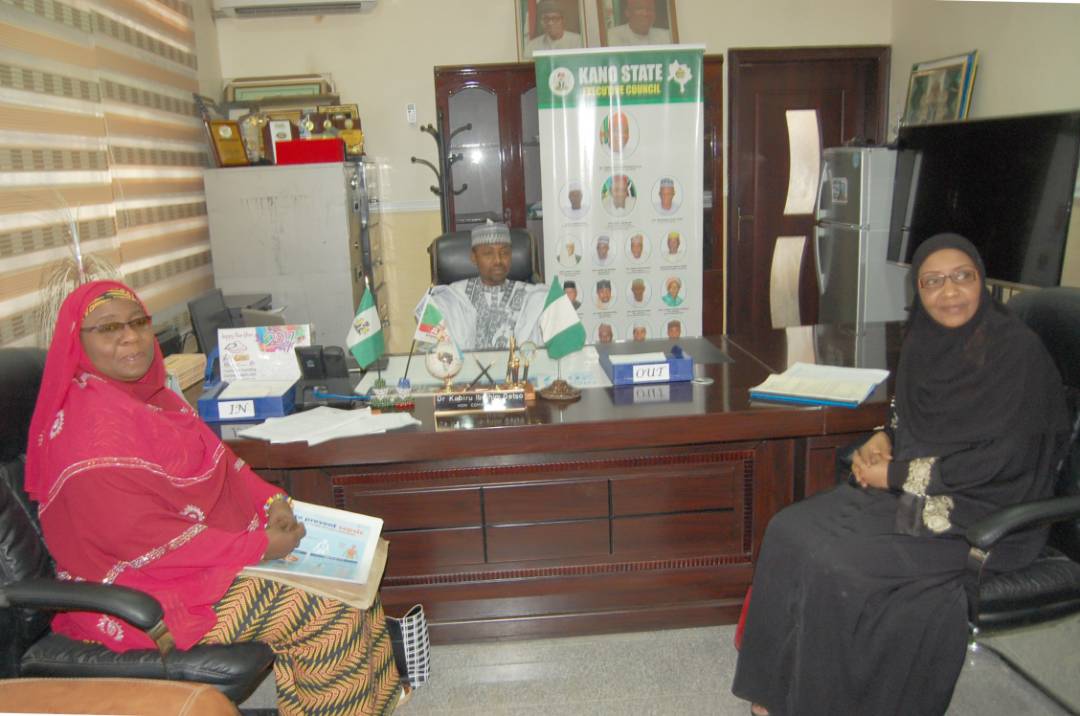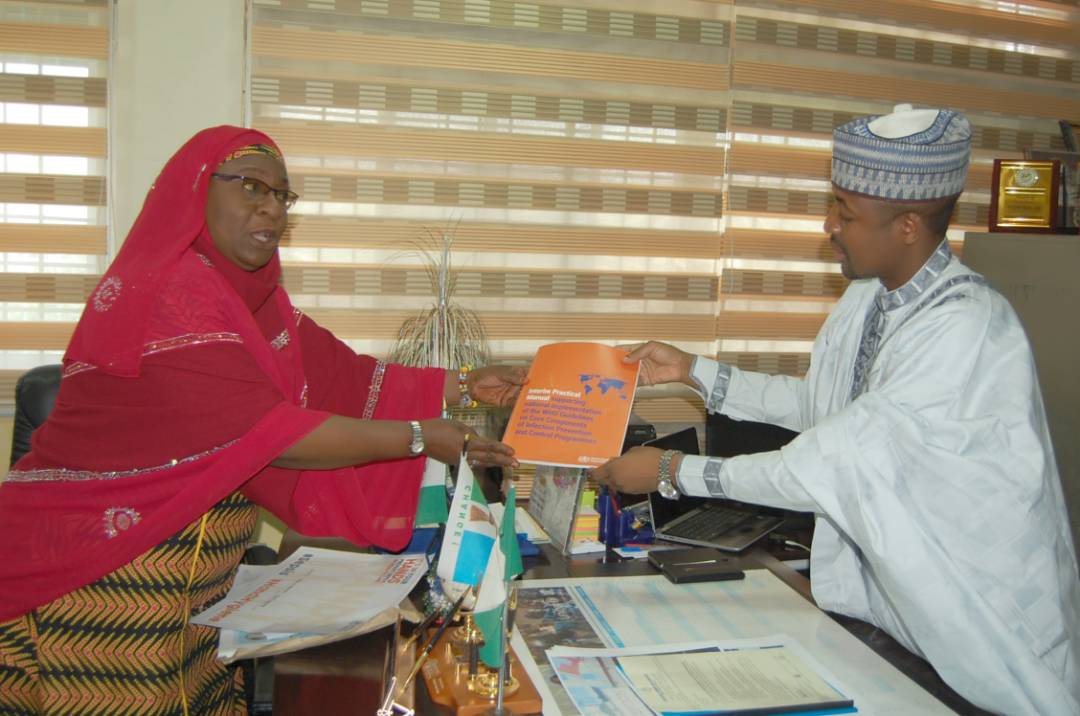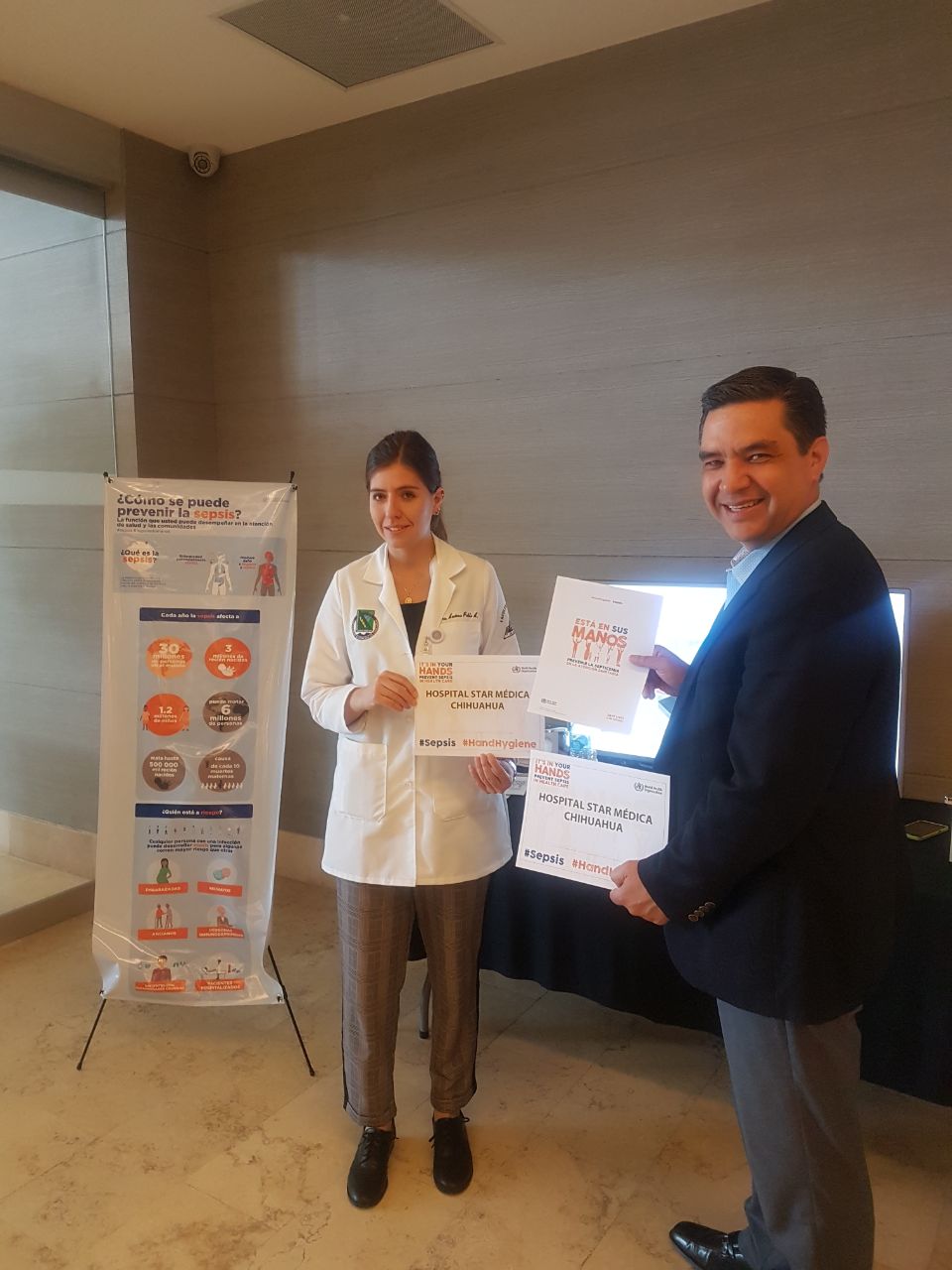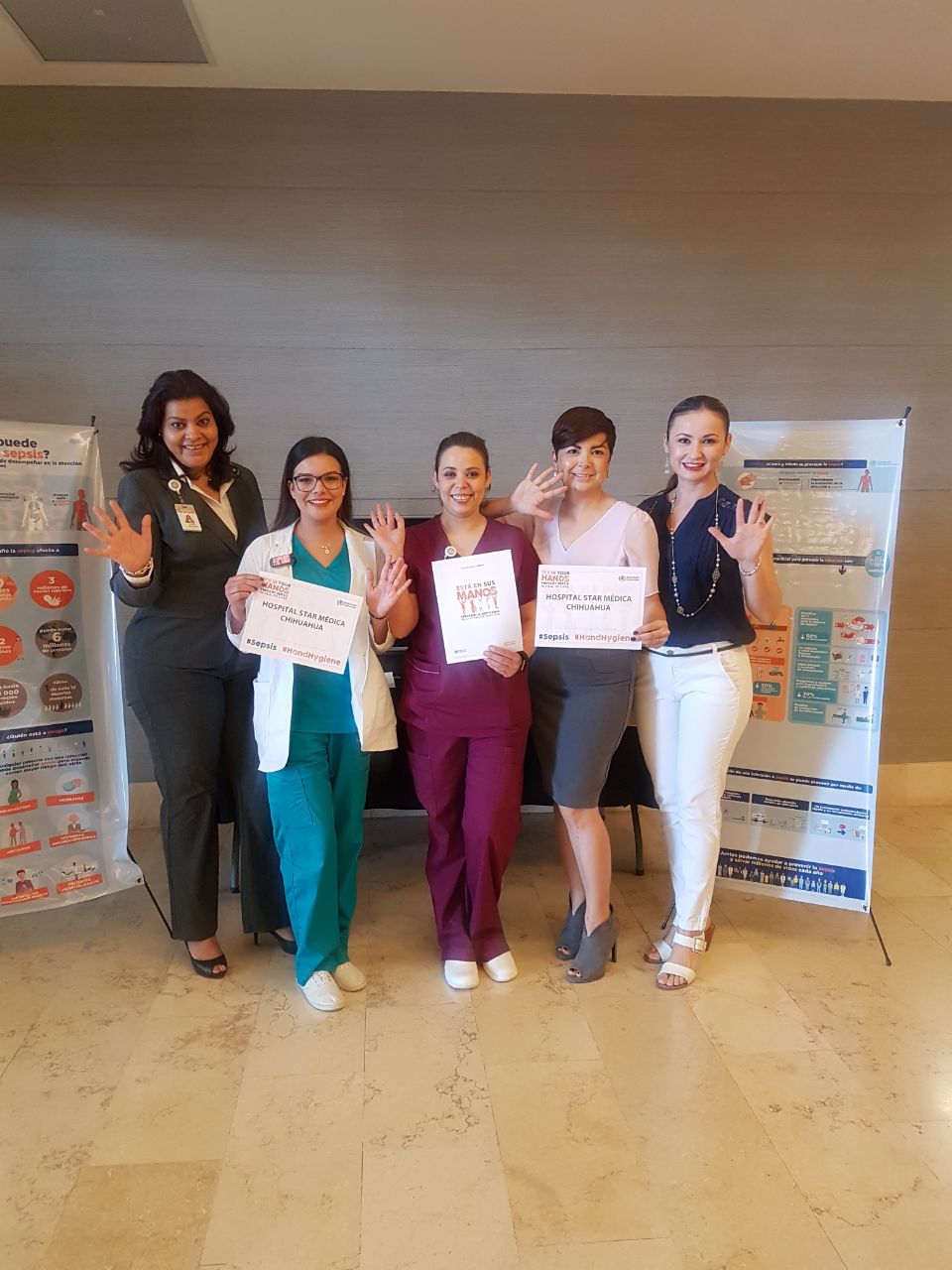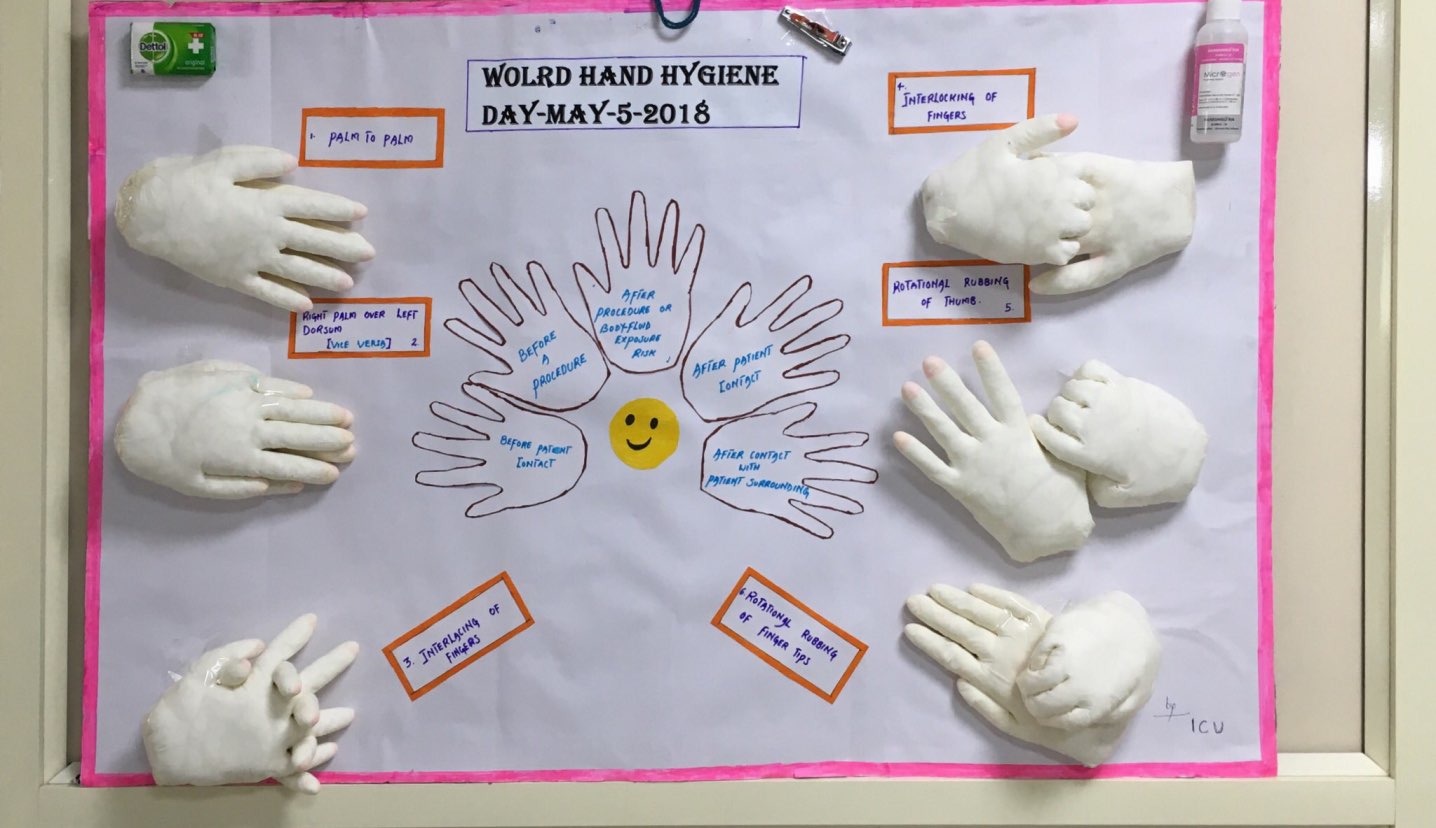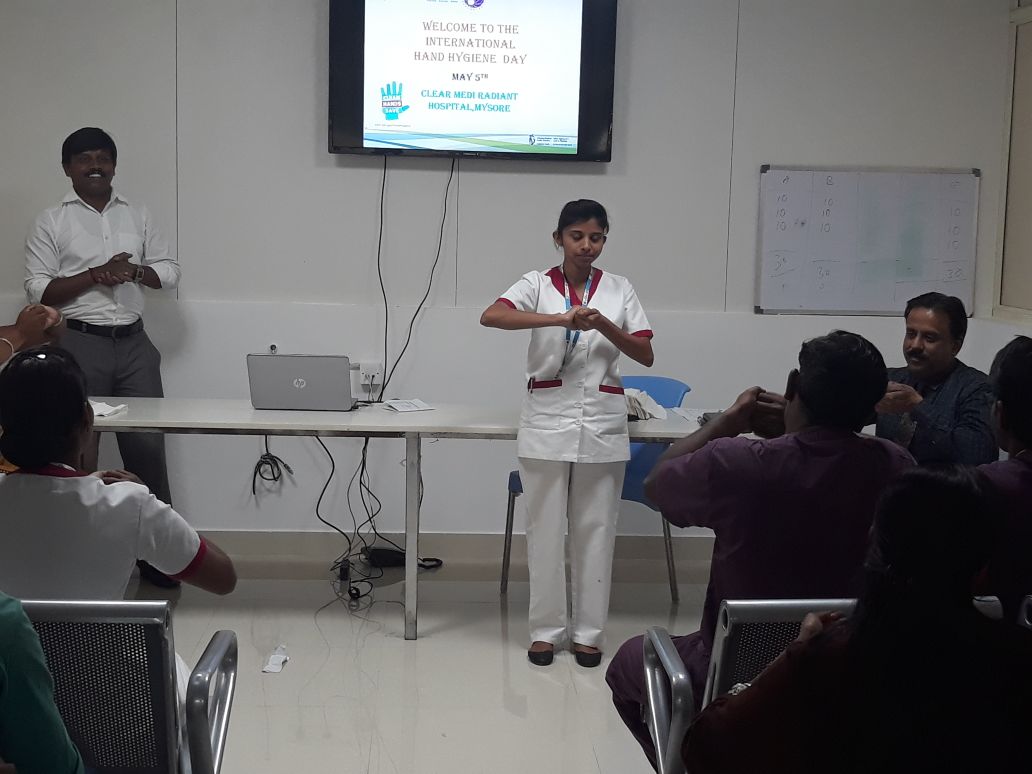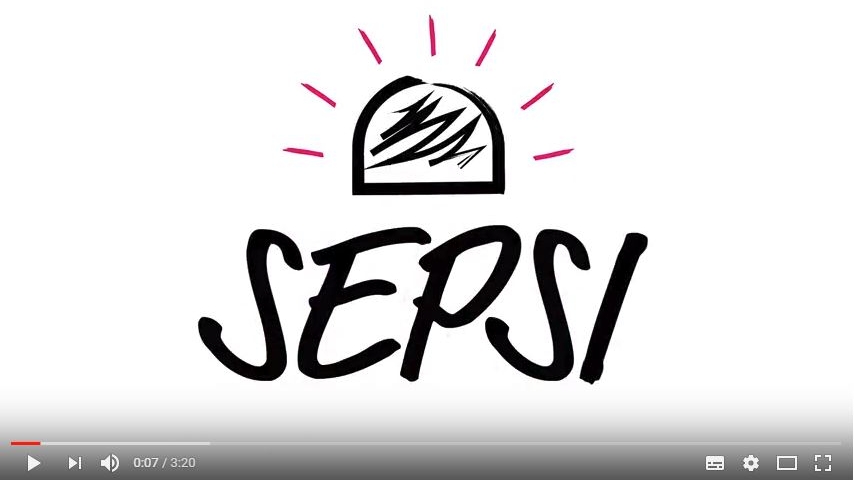I only discovered in 2016 that the first time sepsis struck was back in September 2011 when I had just moved to Southern Spain for the winter with my youngest daughter. Since 2011, I have been battled with sepsis for a total of four times!
Living with ongoing chronic health conditions (Sjögren’s syndrome, Sjögren’s small airways lung disease and vasculitis, psoriatic arthritis and fibromyalgia) I had been forced to take early medical retirement from a job that I loved, due to my failing health (previously working in trauma and crisis management in higher education, counselling in the NHS and teaching in further and higher education as a university lecturer and program director). As my health appeared to worsen severely during the damp and cold of winter, I decided that I needed to try living in a warmer climate for the winter months to see if I could get some kind of quality of life back in my life and function enough to allow me to work once again…
Timing and planning had been crucial, so we moved late August in 2011 to coincide with my youngest daughter starting a new international school. It was a huge upheaval for all of my family, leaving my other older children back in the UK. But it all felt so important for me to try and get some kind of life back and to feel productive and be able to work once again in an area of work that I dearly loved…
We made the move and had only been there for a few weeks when I developed a water infection, (a UTI which I didn’t realize at the time had developed into a very bad kidney infection) which I foolishly didn’t seek medical help with in time! I was very busy settling in to our new way of life in the healing warmth and sunshine, with family visiting for my youngest’s birthday and with her loving her new school – life felt so good for a while, until that fateful day that changed everything…
I had picked my daughter up from school and the pain had slowly worsened throughout the afternoon. I’d been invited to lunch with a new friend and I just couldn’t sit comfortably thinking I must have hurt my back due to the sudden, uncomfortable back pain! Arriving home with my daughter, I was overtaken by an overwhelming feeling of being so very unwell, feverish and struggling to function. I had to lay down, thinking if I did I would feel better, leaving my daughter doing her schoolwork after I had attempted to prepare a quick dinner for her (and subsequently burning it!) and as the evening progressed, I eventually realized that I seriously needed to get help as I lay there in bed shivering violently with what I now know was rigors!
I had earlier alerted my other children, back at home in the UK, to keep in touch, via text, with my youngest, ‘just in case’ as I didn’t feel too well! Now, looking back, I think I realized, on deeper level, the severity of the situation that was starting to develop?! Eventually, and trying not to panic my daughter, who was then just 12 years old, I told her that we needed to call upon the neighbors for some help. Thankfully, we had met them previously as they taught at my daughter’s new school. We arrived at their door late at night with me, by then, vomiting with fever, shaking violently and near collapse!
Emergency paramedics were called by these wonderful neighbors and thankfully I was given intravenous antibiotics, there and then, in their apartment! I made the difficult decision not to go to hospital at the time, as I didn’t want to leave my youngest alone, despite the neighbor’s offering to care for her. She was naturally terrified by the very traumatic experience. The neighbors very kindly insisted that we stayed with them that night and in the morning, I miraculously managed to remain stable enough, (following that large dose of IV antibiotics), to drive to the airport and fly back to UK. I was still feverish and felt so very unwell, whilst pretending to be fine so I would be allowed to fly! I later collapsed back at home in the UK late that evening when everything seemed to start shutting down, literally. The GP I saw, upon my return, had prescribed just oral antibiotics and had failed to identity the sepsis that’s was taking over my body…
Luckily my son found me when he returned home from work late evening and I was rushed to A&E by ambulance and pumped full of various IV drugs, fluids, and 4 types of antibiotics. I was treated on different wards for 5 days with continual IVs of antibiotics. I can’t remember too much about it all as I was confused for a lot of the time… It felt as if I was moved wards a number of different times because I didn’t appear to ‘fit’ anywhere? But I’m so grateful to have survived!!
The Second Episode
The second episode of sepsis was when I had a chest infection which developed in to bilateral pneumonia in Feb 2013 and again I became so very ill so very, very quickly and within hours collapsed after foolishly waiting through the night before I asked for help (not wanting to disturb the children until the morning)! I experienced all the same sepsis symptoms, but this time couldn’t breathe properly and spent many days on oxygen and was once again treated for at least 5 days on an AAU ward! I was told I was neutropenic too and at first they weren’t sure whether I developed pneumonia because I was neutropenic or whether I became neutropenic because of the pneumonia?
Eventually, and as I recovered, they advised that they ‘think’ the neutropenia was caused by the pneumonia. I now know that this was undiagnosed sepsis once again…
The Third Episode
The third episode, this time confirmed as sepsis (from a ‘probable’ UTI), was on November 5th, 2014, after I collapsed at a GP surgery. I had felt unwell for at least a week prior, but I couldn’t get an appointment to see a doctor so had no other option other than to arrange a telephone appointment for later that day. But that morning something, somehow, felt very wrong and different as the now, all too familiar symptoms, eventually began to present themselves, once again…
A dear friend was visiting from Devon and we had arranged to go for breakfast and we found a wonderful countryside location. We were planning to spend the day catching up and go on to lunch but as the morning progressed I had the overwhelming desire to return home, as I yet again started feeling so very unwell and went ‘downhill’ very quickly. We returned home and after attempting to speak with a doctor for a couple of hours, we eventually managed to get a doctor to agree to see me at my local GP surgery just a few doors from my house. It was there that I collapsed after trying to convince the GP that there was something terribly, terribly wrong with me as she asked me what I wanted her to do?! I begged her to just help me and I remember telling her that I felt like I was going to die, as they struggled and failed to do an ECG because of the severity of rigors. By then I was shaking so uncontrollably and couldn’t stop vomiting. I had an extremely fast heart rate of 135 plus and breathing so very quickly. Eventually, she rang for an ambulance and I was blue-lighted to A&E! I can vaguely remember the paramedic wondering if I was having a panic attack because of my very fast breathing and I remember telling him that I used to teach breathing techniques for relaxation, so I knew that it wasn’t.
Apparently, I spent 4 hours in resus on that occasion whilst they stabilized me and did various tests and scans. I was treated with 4 types of IV antibiotics once again along with an additional very strong new antibiotic that they apparently only use when necessary and eventually I was transferred to AAU. I left hospital a little earlier than advised after just 5 days due to a bad experience in there… I was still very unwell when I went home.
It was only then that I saw the word sepsis for the very first time on the discharge summary, but I still had no understanding of what it meant! What was Sepsis? It was then that I sought guidance and support from the UK Sepsis Trust after searching online for further clarity and information on what exactly sepsis was…
The Fourth Episode
My most recent and forth episode of sepsis was when I collapsed at home just over one and a half year ago now on 15th December 2016. I was recovering from what I understood to be a very bad viral infection with an awful bronchitis type cough which had taken hold at the end of November. Yet again I was unable to get an appointment to see a doctor but instead prescribed a course of oral antibiotics over the phone, just in case… I then became extremely unwell and was taken to hospital at the request of the GP this time. I wasn’t kept in but allowed to return home later that night after being told it was just a bad virus. I spent a week or so poorly in bed with my daughter having to take a few days off of work to care for me as I could hardly walk or leave my bed. Eventually, I seemed to be recovering well and started to get back to normal, or so I thought… This day, it all started out just fine and I felt well enough to collect my daughter from work and take her to an appointment. As I waited in the car for her, suddenly, I began to feel increasingly unwell with very bad upper back and shoulder pain which started to affect my breathing! We needed to stop at a shop on the way home (to buy balloons and chocolate for a dear friend’s Birthday that I was to attend that evening) my daughter went in to the shop for me and as I sat there waiting, I just knew that something was now terribly wrong, once more! I started feeling extremely cold inside and yet hot and very feverish and shivery at the same time as my breathing began to get more and more difficult and rapid. Once again, I had an overwhelming desire to return home ASAP. I told my daughter how I felt, and I just dropped my bags at the front door as I rushed to lay down as soon as we got inside… I had now begun to recognize the all too familiar feelings that had struck me previously and I just knew that I needed medical help! My daughter rang to speak with a doctor, but they weren’t available for over an hour and whilst she wanted to ring an ambulance I asked her not to trouble them as they’re always so busy but to ring 111 instead. But of course, once she had told the 111 operator the symptoms that I was now experiencing they sent an ambulance out immediately.
I can’t remember too much after that, but I was rushed straight through to the ED and whilst I apparently didn’t initially score too high for sepsis they treated me with IV fluids and antibiotics, painkillers, and various X-rays and scans. Again, I remember feeling that I was going to die and had the most horrific stabbing pains imaginable in my head – I was screaming out in pain and begging my daughter to make sure they didn’t let me die! They couldn’t determine if the chest pains were pneumonia, pleurisy and even checked me for a heart condition. They never found out what the horrific stabbing head pains were, but I was told that I was septic! Eventually, after a few hours, I began to feel a little more alert and a little more ‘with it’ as I had responded well to the IV antibiotics and fluids once they kicked in. I very rarely take any antibiotics or medications and I’ve been told that’s why I responded so well when they’re desperately needed to work and to work quickly.
I was transferred to AMU where unfortunately, one of the IVs blocked and tissued badly and caused circulatory problems to my hand and for a while I lost any feeling. As it was my left arm they were concerned about any potential heart issues and did further tests. Eventually circulation and feeling returned (but I was left struggling with very bad nerve pain for over a year). It was also left so painfully battered and bruised after 14 further attempts, by various medics, at inserting another cannula for a CT angiogram as my veins seemed nonexistent by then! So, after five days of IVs, antibiotics, fluids and CT scans with moves to two further wards (with the most amazing nursing and medical staff), I was just so very grateful that I was then medically fit enough to be discharged (the discharge summary confirming that I was ‘admitted with sepsis’). Whilst I returned home still feeling extremely poorly, exhausted and weak, I was just so very, very grateful to everyone who responded so very quickly to halt the sepsis and helped me to recover in time to be home with my family for the holiday period.
I’m still left shocked at the speed at which sepsis took hold this time, in just two hours, and surprised that I didn’t realize sooner what was actually happening? But I will be eternally grateful, that firstly, I wasn’t alone when sepsis hit me so fast and that the amazing paramedics and ED staff considered it may be sepsis as they worked through the sepsis six! We had made sure to ask, “could it be sepsis?”
I feel extremely fortunate as I know that I remain one of the ‘lucky ones’ surviving sepsis, not just once but four times, whilst not needing admittance to intensive care or critical care interventions or procedures other than IV treatments and regular monitoring.
I have certainly noticed a huge difference and vast improvement this time in the awareness of sepsis in the first responders who now carry sepsis information and use a sepsis scoring system in the ED. This, I believe, is due to the fantastic work now being done around the world and many who work tirelessly to continue their campaign of raising awareness to save lives… There are, of course, still many areas of concern out there for many and still a need for improvement in some areas. I feel passionate and have vowed to help all I can to continue raising awareness too.
The ongoing fight to raise awareness will continue by many, including me, and I would love to use my past work experience to help provide more support and create more support groups for those left affected by sepsis… There is also a desperate need for more sepsis information to be provided on discharge summaries and follow-up and aftercare for sepsis survivors and their families and naturally this is of interest for me, personally.
My Life Now
I’ve been left both physically and emotionally affected by sepsis and I now live day to day with a huge fear of sepsis reoccurring. I must admit to now being somewhat paranoid when I get the slightest infection or virus... At times I’ve felt absolutely terrified as my history is that ‘I crash’ so very quickly! I have extreme bouts of exhaustion and fatigue and I’ve experienced very low mood at times and mood swings. Socially I have found that I’m withdrawn and dislike crowds and noisy places now. Many of my senses have changed too. My short-term memory is awful and quite concerning at times and I’ve even been assessed for dementia which was thankfully negative. I now have problems with significant muscle inflammation and extreme lower leg pain and struggle to walk at times and have to try and keep my legs elevated to help cope with the pain, along with various other physical and emotional symptoms which I’ve been advised are attributed to the post sepsis syndrome I struggle to now live with?
I’m now advised to contact medical support immediately at the first sign of any symptoms should they reoccur or if I become suddenly medically unwell. My medical records are now ‘flagged’ on computer at my GP practice so that I can be seen urgently, if needed, and so I wouldn’t have to wait as I was made to before. I have had monthly follow-up appointments with my GP as I have experienced recurrent infections this past year too - all in all the past year has been such a struggle to function at even a basic level!
When I travel, I’m advised to carry various monitors with me to check and record my blood pressure, temperature, and oxygen levels so I can keep a close eye on my observations if I start to deteriorate when I get sick to enable me to take action urgently, if needed.
I’ve also been advised to only travel to areas where there are large hospital facilities nearby.
Not just myself, but my whole family have been badly affected by all of this and they are always on standby and on ‘tenterhooks’ when I do get ill and of course we all get concerned that it may yet again develop into sepsis.
BUT I absolutely REFUSE to live my life in the shadows of sepsis and I will continue to do all I can to help raise awareness so that others, like me, can seek medical help and intervention in time… I’ve met too many wonderful folks whose lives have been completely shattered by sepsis.
Awareness will undoubtedly save lives and I will never, ever stop helping to raise awareness of sepsis and post sepsis syndrome. I really hope that sharing my story helps raise more awareness...
Over the last months, I have now started two new sepsis support groups for the UK Sepsis Trust in Bath and South Gloucestershire in England and I have been invited to speak at various hospitals to staff members - and recently, I was asked to give a talk and share my story to the board members of North Bristol NHS Trust. I am very passionate to keep speaking out to help raise awareness! I was interviewed on BBC Radio Bristol about sepsis and also invited to speak at the Sepsis Trust conference in 2016.









